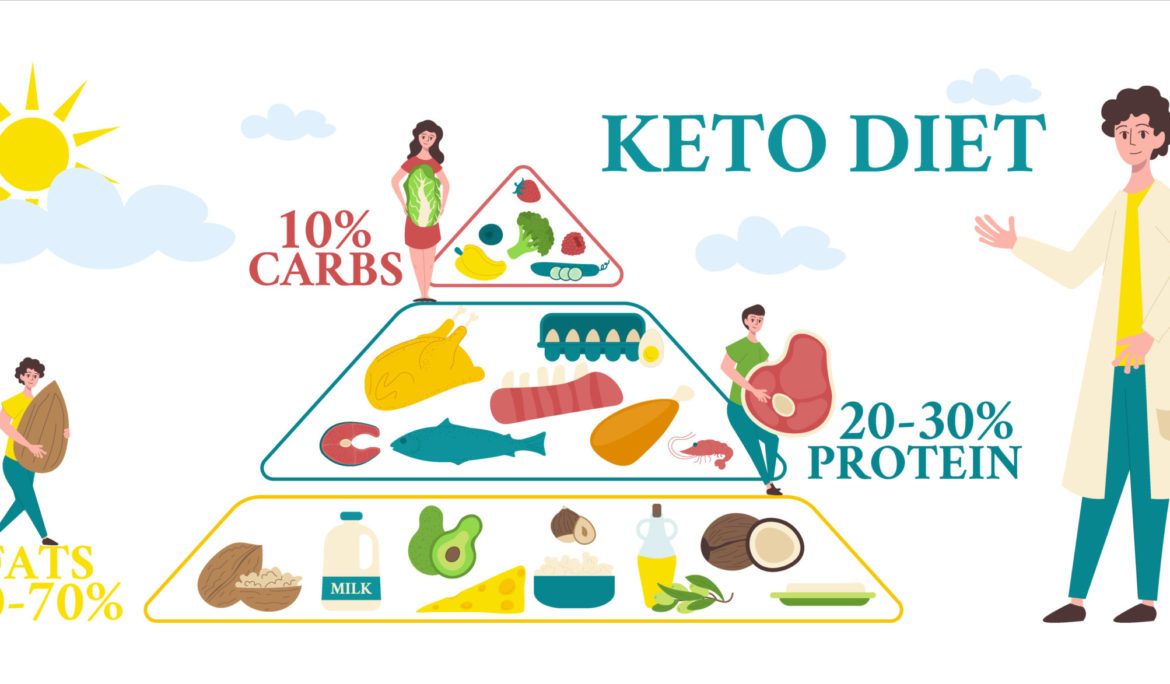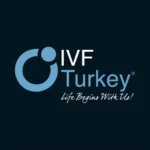A study reveals that the ketogenic diet increases IVF success for women with PCOS


The study included a small sample of 84 PCOS patients who were either overweight or obese. Study participants were put on either the VLCKD or MD and subsequently examined for changes in weight, hormonal profile, and metabolic thresholds.
Patients on the VLCKD lost significant weight, as reflected in the BMI compared to MD patients at three and four months. The body circumference (hip and waist), which is a predictor of visceral and subcutaneous fat, was also reduced significantly in VLCKD patients.
Patients consuming the VLCKD exhibited reduced hip circumference measurements by nine and 11 cm at three and four months, respectively. Abdominal circumference measurements decreased by eight and 11 cm, respectively, which was double that in the MD group. Waist circumference measurements declined by nine and 12 cm in the VLCKD group compared to half of these values in the MD group values.
The HOMA index for metabolic health also declined among VLCKD patients at both time points by four-fold compared to the MD group. Healthy cholesterol levels increased in both groups by 120 days but to a greater extent in the VLCKD group. A similar change was observed for the antral follicle count (AFC), a risk factor for OHSS, along with PCOS.
Anti-Mullerian hormone (AMH) levels declined in the VLCKD cohort, thus reflecting a change in PCOS profile. Androgen levels also declined with both VLCKD and MD; however, the magnitude of the reduction was greater with the VLCKD diet. FSH and luteinizing hormone (LH) serum levels did not differ significantly; however, the FSH/LH ratio improved by 120 days in both groups.
Menstrual cycles became more regular in about 50% of women at 90 days in the VLCKD group and 70% after 120 days. No patient reported a worsening in their menstruation regularity. The corresponding figures for the MD group were 17% and 26%, respectively, while worsening was reported in 2% of cases.
About 75% and 90% of women on the VLCKD diet moved from amenorrhea to regular or irregular cycles at 90 and 120 days, respectively, compared to about 50% and 60% with the MD.
The number of new OHSS cases was lower among VLCKD patients at 27% compared to 68% among those on MD. Therefore, both dietary approaches appear to indirectly improve body composition as reflected by various body mass measurements, as well as reproductive outcomes in terms of better ovarian function, more regular periods, and a lower rate of OHSS during IVF cycles.
Our results show that greater weight loss, and thus greater visceral fat loss, is accompanied by a significant improvement in the metabolic profile in VLCKD PCOS patients.”
The positive impact of the VLCKD on metabolism may be due to higher muscle metabolism and greater fat loss. This may be attributed to the increased levels of adrenergic hormones that promote a higher basal metabolic rate, slow down the breakdown of muscle protein, and promote increased muscle growth. Future studies are needed to validate these findings by directly measuring changes in muscle mass as compared to fat mass in individuals on either of these diets.
References
Meneghini, C., Bianco, C., Galanti, F., et al. (2023). The impact of nutritional therapy in the management of overweight/obese PCOS patient candidates for IVF. Nutrients. doi:10.3390/nu15204444.



